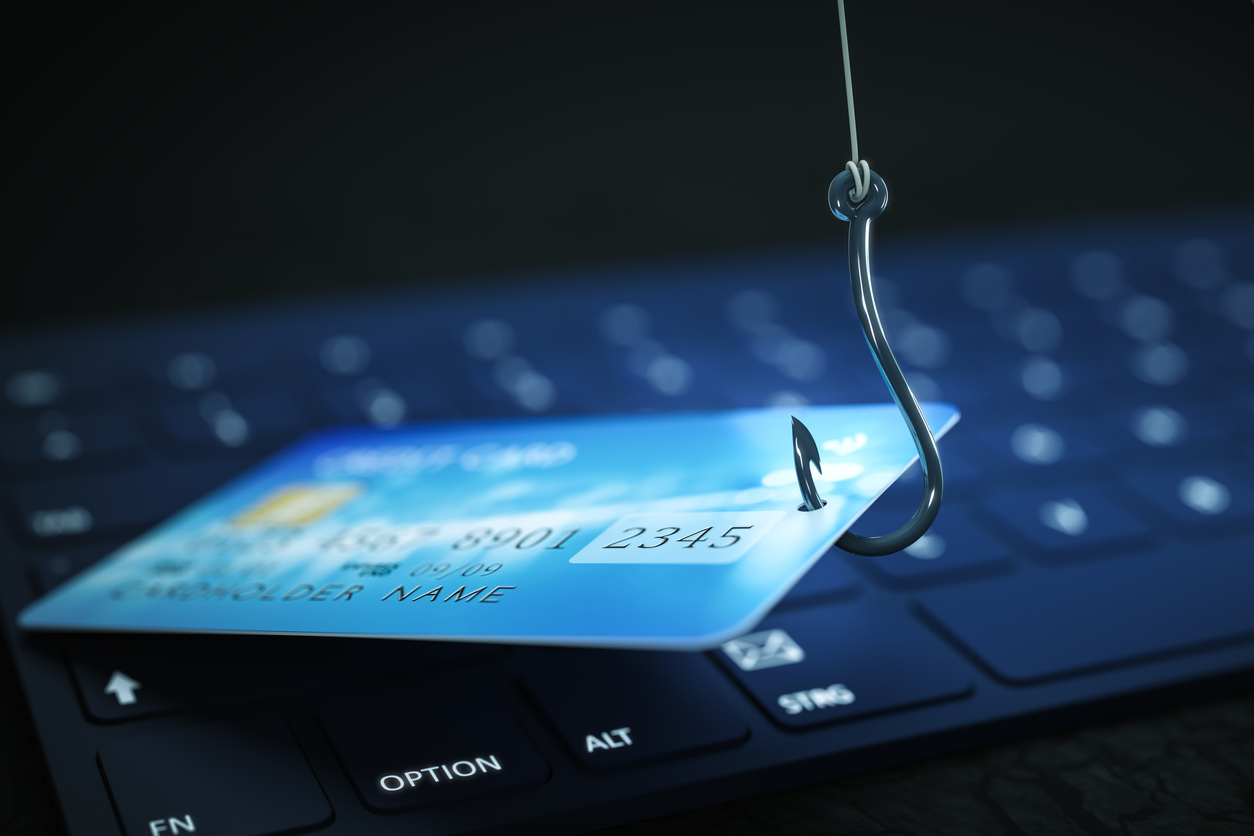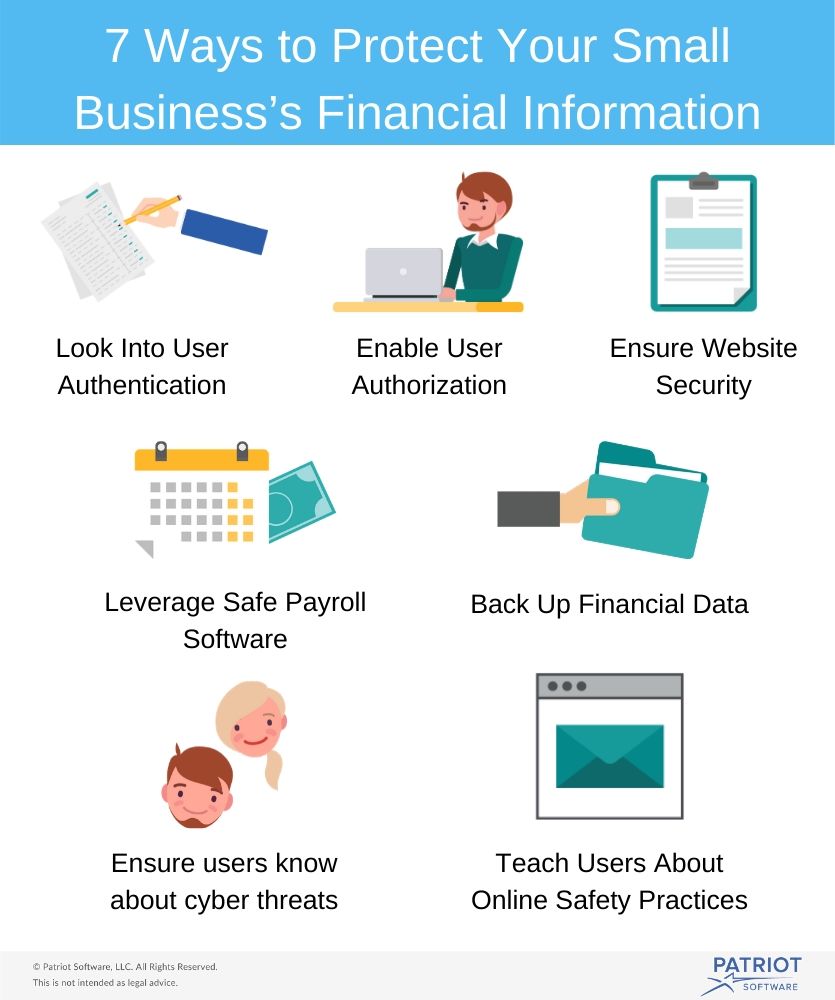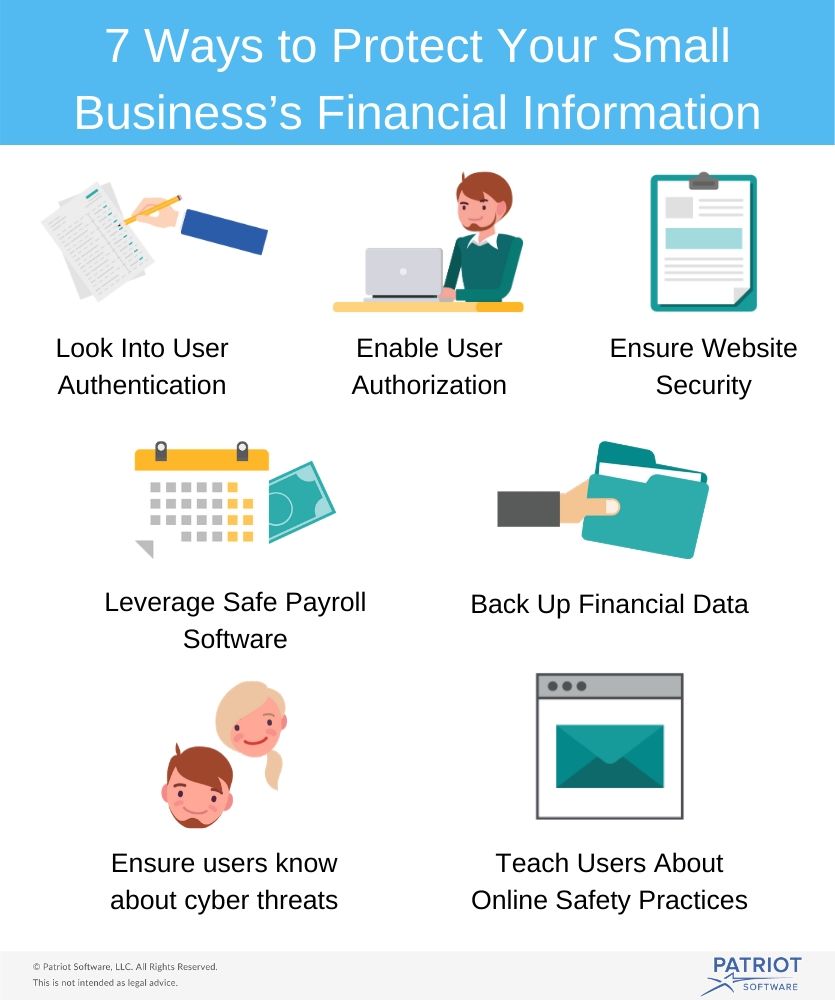How To Protect Your Financial Information Online
In today’s digital age, safeguarding your financial information online is more crucial than ever. With cyber threats increasing in sophistication, it’s vital that you know the best practices to keep your sensitive data safe. In “How To Protect Your Financial Information Online,” you’ll discover essential tips and strategies to fortify your online security. From creating strong passwords to recognizing phishing scams, this guide will empower you with the knowledge to protect your financial well-being in the virtual world.
Ever wonder if your financial information is truly safe online? In this digital age, keeping your financial data secure might sometimes feel like an uphill battle. Fortunately, there are numerous measures you can take to safeguard your sensitive information from cybercriminals and potential threats. This article will guide you step-by-step on how to protect your financial information online effectively.
Understanding the Risk
Before diving into the measures you can take, it’s essential to understand why protecting your financial information online is crucial. Cybercriminals are always on the lookout for opportunities to steal your personal and financial data. From hacking to phishing, they employ numerous tactics to access your bank accounts, credit cards, and personal details.
Common Threats
Here are some common online threats you should be aware of:
- Phishing Scams: Fake emails or websites that appear legitimate to trick you into providing personal information.
- Malware: Software designed to infiltrate your computer and steal data.
- Man-in-the-Middle Attacks: Intercepting communication between you and a trusted entity to steal information.
- Data Breaches: Unauthorized access to data stored by companies.
Strengthening Your Passwords
Your passwords are your first line of defense against cyber threats. Using strong, unique passwords for your online accounts can significantly reduce the risk of a security breach.
Tips for Strong Passwords
Consider the following tips when creating your passwords:
- Use a combination of upper and lower case letters, numbers, and symbols.
- Avoid using easily guessable passwords like “password123” or “admin.”
- Create long passwords, ideally at least 12-16 characters.
Password Management Tools
Managing multiple strong passwords can be daunting. Password management tools can help you store and generate passwords securely. Here are some reputable password managers:
| Tool | Features | Cost |
|---|---|---|
| LastPass | Secure storage, password generation | Free/Paid |
| 1Password | Cross-device syncing, protective encryption | Paid |
| Bitwarden | Open-source, secure vault, browser extension | Free/Paid |

Enabling Two-Factor Authentication (2FA)
Two-Factor Authentication (2FA) adds an extra layer of security by requiring a second form of verification in addition to your password.
Types of 2FA
There are different forms of 2FA you can enable:
- SMS-Based 2FA: You receive a code via SMS.
- App-Based 2FA: Use an authenticator app like Google Authenticator or Authy.
- Hardware Tokens: Physical devices that generate verification codes.
Enabling 2FA ensures that even if your password is compromised, unauthorized users cannot access your accounts without the second verification method.
Keeping Software Up-to-Date
Keeping your software up-to-date is crucial in protecting your financial information. Updates typically include security patches that fix vulnerabilities cybercriminals could exploit.
Key Areas to Update
Ensure that you regularly update the following:
- Operating Systems: Windows, macOS, iOS, and Android updates.
- Web Browsers: Chrome, Firefox, Safari, etc.
- Security Software: Antivirus and firewall programs.

Using Secure Networks
It’s essential to be mindful of the networks you connect to, especially when accessing financial information.
Public Wi-Fi Dangers
Public Wi-Fi networks are often less secure, making it easier for cybercriminals to intercept your data. Refrain from accessing sensitive accounts over public Wi-Fi.
Using VPNs
A Virtual Private Network (VPN) encrypts your internet connection, providing added security when using public or unsecured networks. Consider using a reputable VPN service such as NordVPN, ExpressVPN, or CyberGhost.
| VPN Service | Features | Cost |
|---|---|---|
| NordVPN | Strong encryption, multiple servers worldwide | Paid |
| ExpressVPN | High speed, robust encryption, easy-to-use | Paid |
| CyberGhost | User-friendly, no-logs policy, secure encryption | Paid |
Monitoring Your Financial Accounts
Regularly monitoring your financial accounts can help you detect fraudulent activity early.
Steps to Monitor Accounts
Here’s what you can do:
- Check Statements: Review your bank and credit card statements regularly for unfamiliar transactions.
- Set Up Alerts: Many banking apps allow you to set up alerts for transactions, so you’re immediately notified of any activity.

Avoiding Phishing Scams
Phishing scams are prevalent, but by exercising caution, you can avoid falling victim to these fraudulent schemes.
Identifying Phishing Attempts
Watch out for:
- Suspicious Emails: Look for poor grammar and urgent requests for personal information.
- Fake Websites: Check for slight misspellings in URLs or improper formatting.
- Unsolicited Requests: Be wary of any unsolicited communication asking for personal or financial information.
Always verify through official channels before providing any information.
Using Encryption
Encrypting your data adds an extra layer of protection by scrambling your information, making it unreadable to unauthorized users.
Types of Encryption
Common encryption methods include:
- SSL/TLS: Secure your online communication (look for “https” in URLs).
- File Encryption: Use tools like BitLocker (Windows) or FileVault (macOS) to encrypt files and drives.

Storing Financial Information Securely
Where and how you store your financial data can also impact its security.
Secure Storage Options
Consider these secure storage methods:
- External Hard Drives: Keep important financial documents on encrypted external hard drives.
- Cloud Storage: Use reputable cloud storage services that offer strong encryption, like Google Drive or Dropbox, and enable 2FA.
Educating Yourself on Cybersecurity
Being knowledgeable about cybersecurity and staying informed about new threats is one of the best ways to protect your financial information.
Resources for Staying Informed
Here are some resources to consider:
- Security Blogs: Follow blogs like Krebs on Security or Threatpost.
- Online Courses: Platforms such as Coursera and Udemy offer courses on cybersecurity.
- Newsletters: Subscribe to cybersecurity newsletters to get regular updates.

Using Security Software
Having robust security software can help protect your computer and data from malware and other threats.
Types of Security Software
Invest in reputable security software including:
- Antivirus Software: Protects against malware (e.g., Norton, McAfee).
- Firewall Software: Blocks unauthorized access to your network.
- Anti-Spyware: Removes spyware that could be tracking your activities.
Keeping Personal Devices Secure
Your financial information can be accessed from various devices, so it’s essential to ensure they are all secure.
Device Security Measures
Implement the following measures:
- Use Biometric Authentication: Enable fingerprint or facial recognition.
- Install Security Patches: Regularly update your device’s operating system.
- Enable Remote Wipe: Allows you to erase data if a device is lost or stolen.
Social Engineering Awareness
Social engineering involves manipulating individuals into divulging confidential information. Awareness and caution can help protect you against such attacks.
Recognizing Social Engineering Tactics
Be on the lookout for:
- Pretexting: Creating a fabricated scenario to obtain information.
- Baiting: Tempting you with a reward to share information.
- Tailgating: Following you into restricted areas to gain access.
Always verify the identity and the legitimacy of the requestor.
Reviewing Privacy Settings
Review and adjust the privacy settings on your online profiles to limit the amount of personal information visible to others.
Adjusting Privacy Settings
Here’s how you can secure your profiles:
- Social Media: Limit who can see your posts, friends list, and personal details.
- Online Shopping Sites: Restrict what information sellers and other users can view.
- Email Accounts: Ensure your email settings are configured for maximum privacy.
Secure Your Online Shopping
Online shopping is convenient, but it also carries risks if proper precautions are not taken.
Safe Shopping Practices
Follow these tips to shop securely online:
- Shop on Trusted Websites: Stick to well-known, secure websites.
- Use Secure Payment Methods: Prefer credit cards or secure payment services like PayPal.
- Check Website Security: Look for “https” in the URL and security seals.
Limiting Information Sharing
Only share personal information when absolutely necessary, and be mindful of how much you disclose.
Selective Sharing Tips
Consider these practices:
- Question Necessity: Ask why the information is needed and how it will be used.
- Limit Scope: Provide only the minimum required information.
- Verify Legitimacy: Confirm that the request comes from a legitimate source before sharing information.
Implementing Multi-Layer Security
Employing multiple security measures creates a robust defense system, protecting your financial information even if one layer fails.
Building a Multi-Layer Security Approach
Combining multiple approaches enhances your security. Here’s an example framework:
| Layer | Description |
|---|---|
| Strong Passwords | Unique, complex passwords for each account |
| Two-Factor Authentication | Additional verification step |
| Regular Monitoring | Frequent checks on financial statements and accounts |
| Security Software | Protection against malware, spyware, and other threats |
| Education and Awareness | Staying informed about cybersecurity best practices |
Each layer individually contributes to a comprehensive security strategy.
Conclusion
Protecting your financial information online is not a one-time task but an ongoing process. By understanding the risks and implementing the strategies outlined in this article, you’ll create a robust defense against cyber threats. Stay vigilant, continually educate yourself, and employ multiple layers of security to ensure your financial data remains secure. Remember, a proactive approach to your online safety is your best defense.
